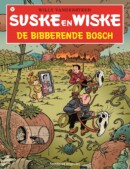
Written by: Peter Van Gucht
Illustrations: Luc Morjaeu
Publisher: Standaard Uitgeverij
Suske en Wiske #333 De Bibberende Bosch – Comic Book Review
When looking at a painting, it is sometimes difficult to see where the painter might have gotten his inspiration. While it may not really matter in order to enjoy looking at it, it’s a question many of us probably ask themselves. Since most famous painters are long deceased, there is no possible way to find out what they were thinking, but it’s nice to see how this inspires others to be creative and find explanations. In this album, we get a glimpse of where Jheronimus Bosch might have gotten his inspiration for his paintings.
It’s Wiske’s birthday and as a present, Lambik is cooking her and the others a lovely dinner, or at least, he is trying. When our friends arrive at his house, a thick smoke is already coming out of the kitchen, but Lambik insists everything is under control. When just a bit later, there is an explosion in the kitchen and Lambik, as well as the birthday cake get catapulted out, he must acknowledge defeat. Suske and Wiske decide to go for a walk, since dinner won’t be ready any time soon, but luck doesn’t seem to be on their side today, as Wiske nearly gets run over by a bicyclist. Suske manages just in time to push Wiske away, but by doing so, she drops her doll Schanulleke in the canal. Terrified of losing her, Wiske goes after her, but almost gets herself killed in the wake of a cargo. Luckily Suske is able to save her, and she is brought to hospital.
A happy ending is probably what you would call this, but not Wiske. She blames Suske for losing Schanulleke and gets depressed, as she can’t get over the loss of her beloved doll. It’s difficult for her friends to watch her like this, and thus they ask professor Barabas for help. He knows about a world that houses all memories of mankind, called Memoria. A fifteenth century alchemist, Al Kimia, is said to know a way to travel there. If Suske and the others can manage to do so, they can erase Wiske’s memories of Schanulleke, and she will be happy again. Thus our friends use the time traveler to travel to ‘s Hertogenbosch, the Netherlands, in 1460, where Al Kimia is said to be seen last. Since they don’t have an address, they decide to go the most famous of his customers, Jheronimus Bosch, the painter, hoping that he will help them find the alchemist, but the whole journey doesn’t prove as easy as they had hoped.
The introduction to the story is quite a long one, as many things already happen before the actual story, namely the travel to fifteenth century Den Bosch in the hopes to go to Memoria, starts. Nonetheless this doesn’t hold back the flow. All events follow up on each other at quite a nice pace, and since there are things going on in three worlds at the same time, being the present, the past and Memoria, things never get boring.
It’s also nice to see how the life and work of painter Jheronimus Bosch is implemented in this story. Bosch is said to travel to Memoriam quite often, and gets his inspiration there for the strange creatures he uses in his paintings and indeed, when Suske and Lambik are in Memoria, it’s easy to see that Bosch got his inspiration there (or rather: that Bosch was the inspiration for this album).
Luc Morjaeu does a great job at creating a world of memories that is full of odd looking creatures, and makes Jheronimus Bosch’s paintings come to life, while introducing them to a wider audience.
Conclusion
Suske en Wiske #333 De Bibberende Bosch is an album that combines action with culture and excitement. It’s nice to see that, after a few albums that just tell a fun story, this one also implements a real historic figure, namely Jheronimus Bosch. Even though the previous albums were not bad, it feels like this mix of fantasy and history is still what Peter Van Gucht, and Willy Vandersteen before him, does best, and what makes Suske and Wiske so fun to read.
Suske en Wiske #333 De Bibberende Bosch - Comic Book Review,
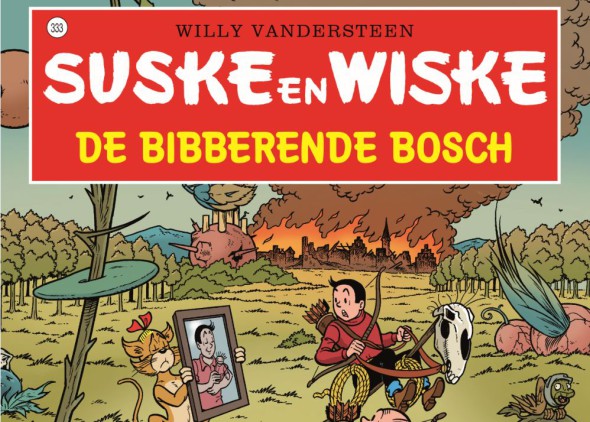

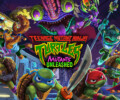
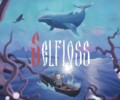
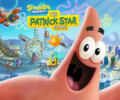
No Comments